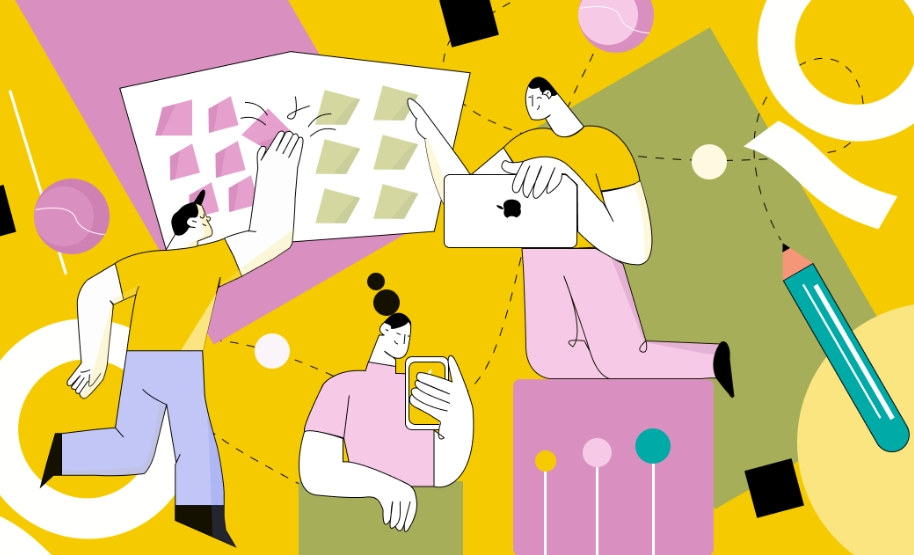Understanding the Product Design Process

The product design process is a structured and creative approach to transforming ideas into market-ready solutions. Whether you’re building a SaaS platform or any other product, a clear process ensures better outcomes and user satisfaction. For a detailed guide, check out this product design process.
Define Goals and Requirements
Start by defining the product’s objectives and requirements. Clarify who your target users are, their needs, and the problems your product aims to solve. A strong foundation sets the direction for the entire workflow.
Research and Analysis
Research forms the backbone of any successful product design workflow. Conduct market research, analyze competitors, and gather insights into user behaviors. This step provides the data you need to make informed design decisions.
Ideation and Concept Development
Generate innovative ideas that address your research findings. Brainstorm with your team, sketch initial concepts, and refine the best ones. This phase focuses on translating research into actionable solutions.
Prototyping
Create prototypes to visualize your product design. Start with wireframes and progress to detailed mockups or interactive models. Prototypes help you test functionality and aesthetics early in the process.
User Testing and Feedback
Present your prototypes to real users for testing. Collect feedback to understand how users interact with the design. This iterative process highlights areas for improvement and ensures alignment with user expectations.
Design Implementation
Once the design is finalized, move on to implementation. Collaborate with developers to translate your design into a functional product. Clear communication between designers and developers is crucial at this stage.
Quality Assurance
Before launching, conduct thorough quality assurance testing. Check for usability issues, bugs, and overall performance. A well-tested product reduces the risk of post-launch problems.
Product Launch
With QA complete, your product is ready for launch. Introduce it to the market, ensuring a smooth user onboarding experience. Monitor key performance indicators (KPIs) to gauge the product’s success.
Continuous Improvement
The product design process doesn’t end at launch. Gather user feedback and monitor trends to make iterative updates. Continuous improvement ensures your product remains relevant and competitive.
By following these steps, you can streamline your product design workflow and create solutions that resonate with users with Qubstudio.
Conclusion
The product design process is a systematic yet flexible framework for transforming ideas into practical, market-ready solutions. By defining goals, conducting research, iterating through prototypes, and gathering user feedback, you can deliver a product that meets user needs and stands out in the market. Each phase builds on the previous one, ensuring a clear path from concept to launch. Embracing continuous improvement after the launch further refines the product, keeping it competitive and user-focused. With a well-structured process, businesses can enhance user satisfaction and achieve sustainable success.
FAQs
- What is the purpose of the product design process?
The product design process aims to convert ideas into user-friendly, market-ready products. It provides a structured workflow that ensures the product meets user needs, resolves pain points, and achieves business objectives. - How important is user feedback in the design process?
User feedback is crucial for identifying usability issues, understanding user preferences, and refining the product to align with user expectations. It ensures the final product is both functional and user-centric. - What tools are commonly used for prototyping?
Popular prototyping tools include Figma, Adobe XD, Sketch, and InVision. These tools help create wireframes, mockups, and interactive models to visualize and test design concepts. - Why is continuous improvement necessary after a product launch?
Continuous improvement helps address evolving user needs, fix unforeseen issues, and keep the product competitive in the market. Regular updates and iterations ensure long-term user satisfaction and business growth. - How do research and analysis contribute to successful product design?
Research and analysis provide valuable insights into market trends, user behaviors, and competitor strategies. This data enables informed decision-making, helping designers create solutions that resonate with the target audience.





